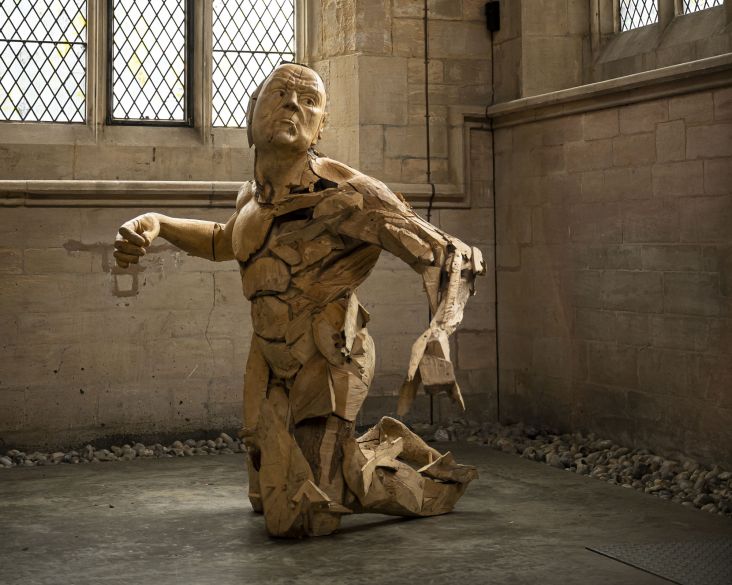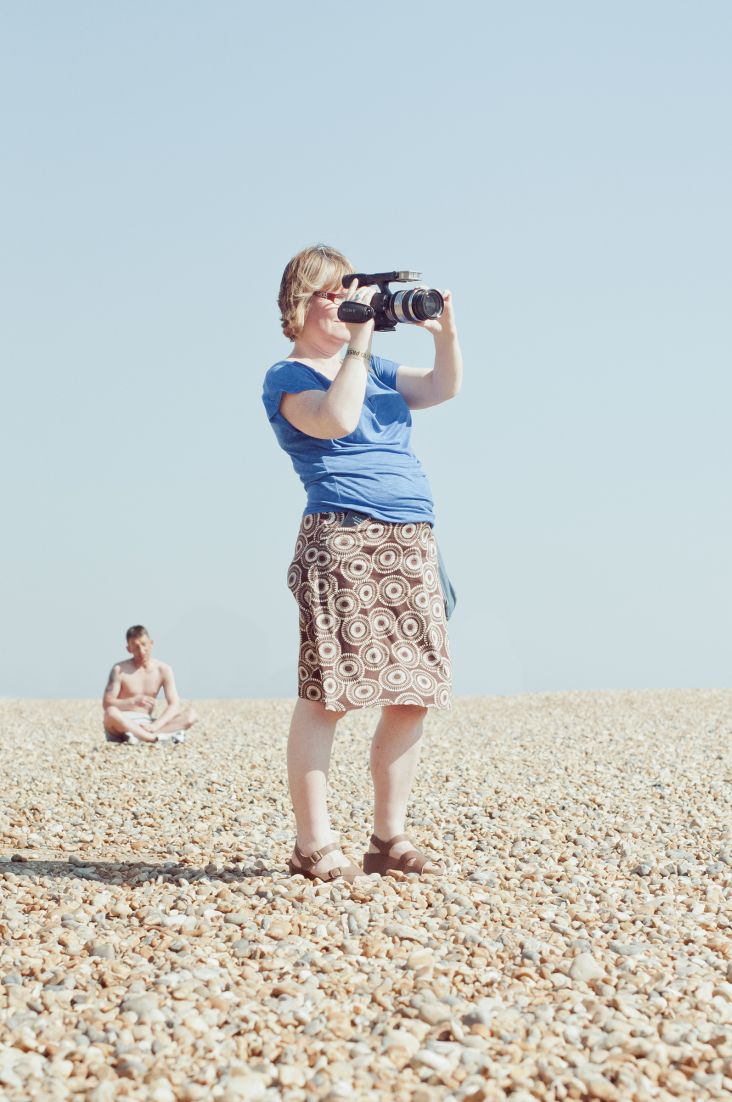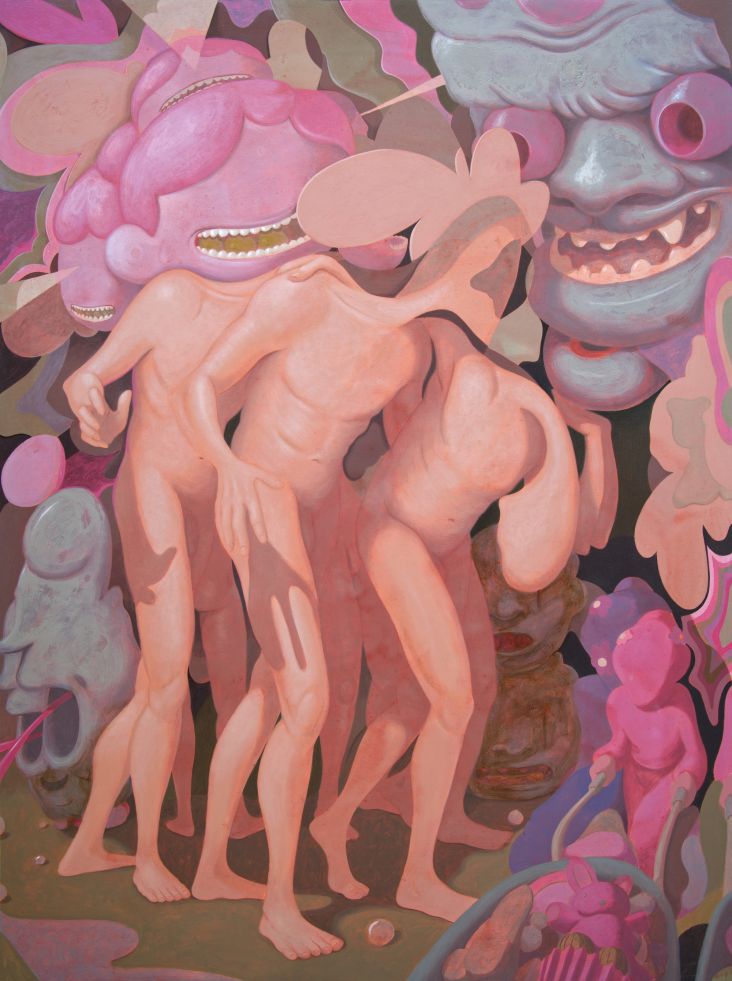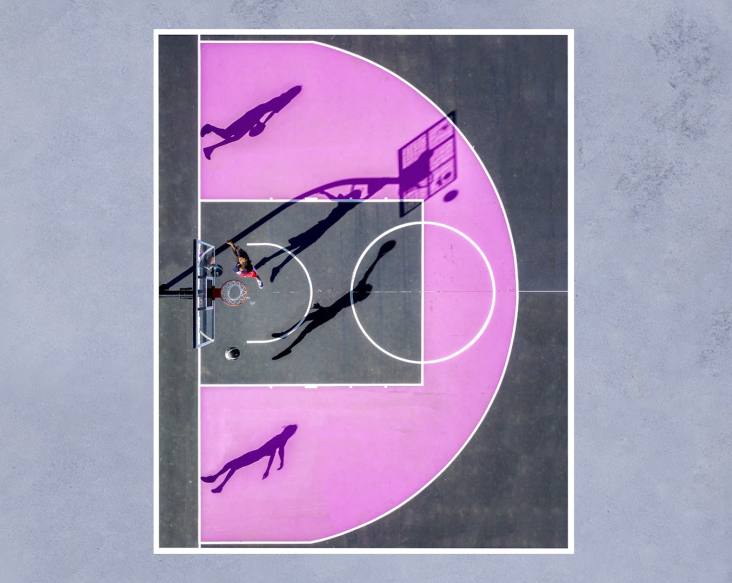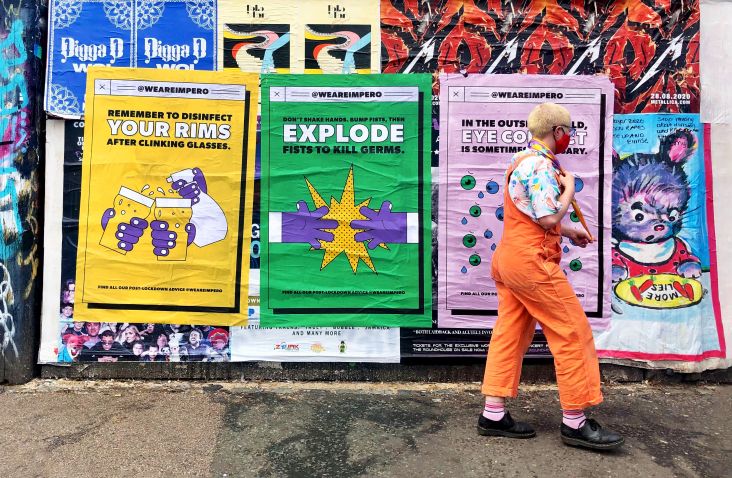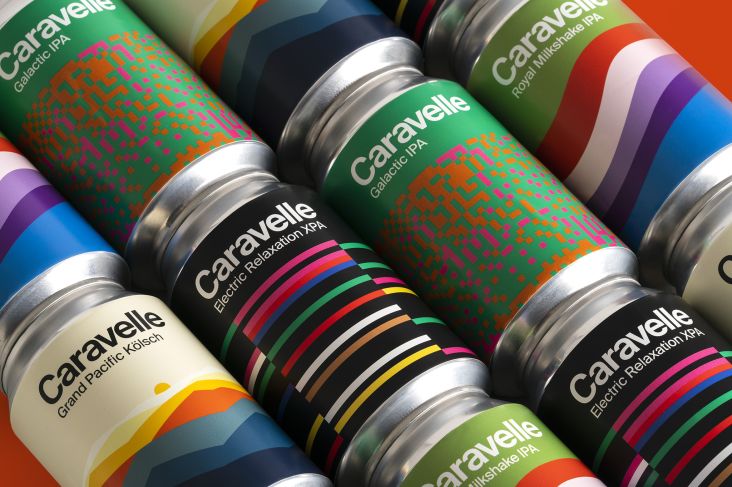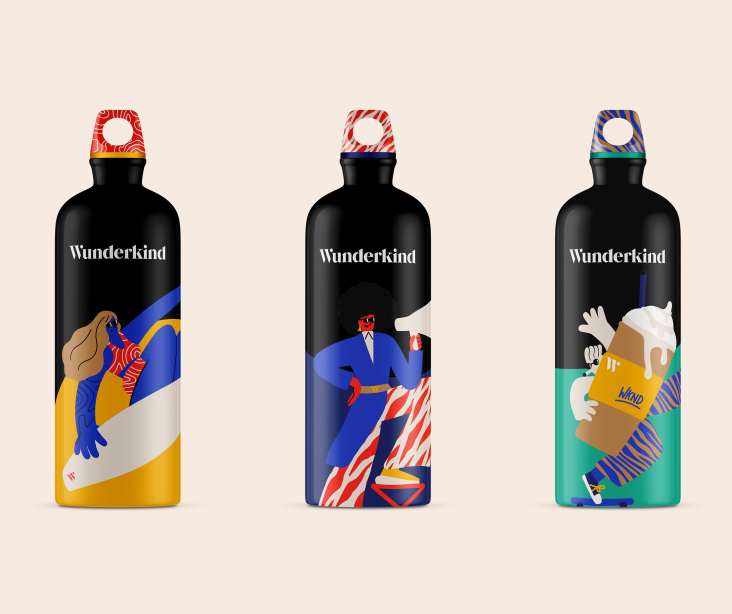Sophia Yeshi on lifting each other up, fighting for better representation, and creating the world she wants to see
Sophia Yeshi is an illustrator and designer originally from Baltimore, Maryland, now based in Brooklyn, New York who began her creative career aged 12 years old when she discovered Photoshop.
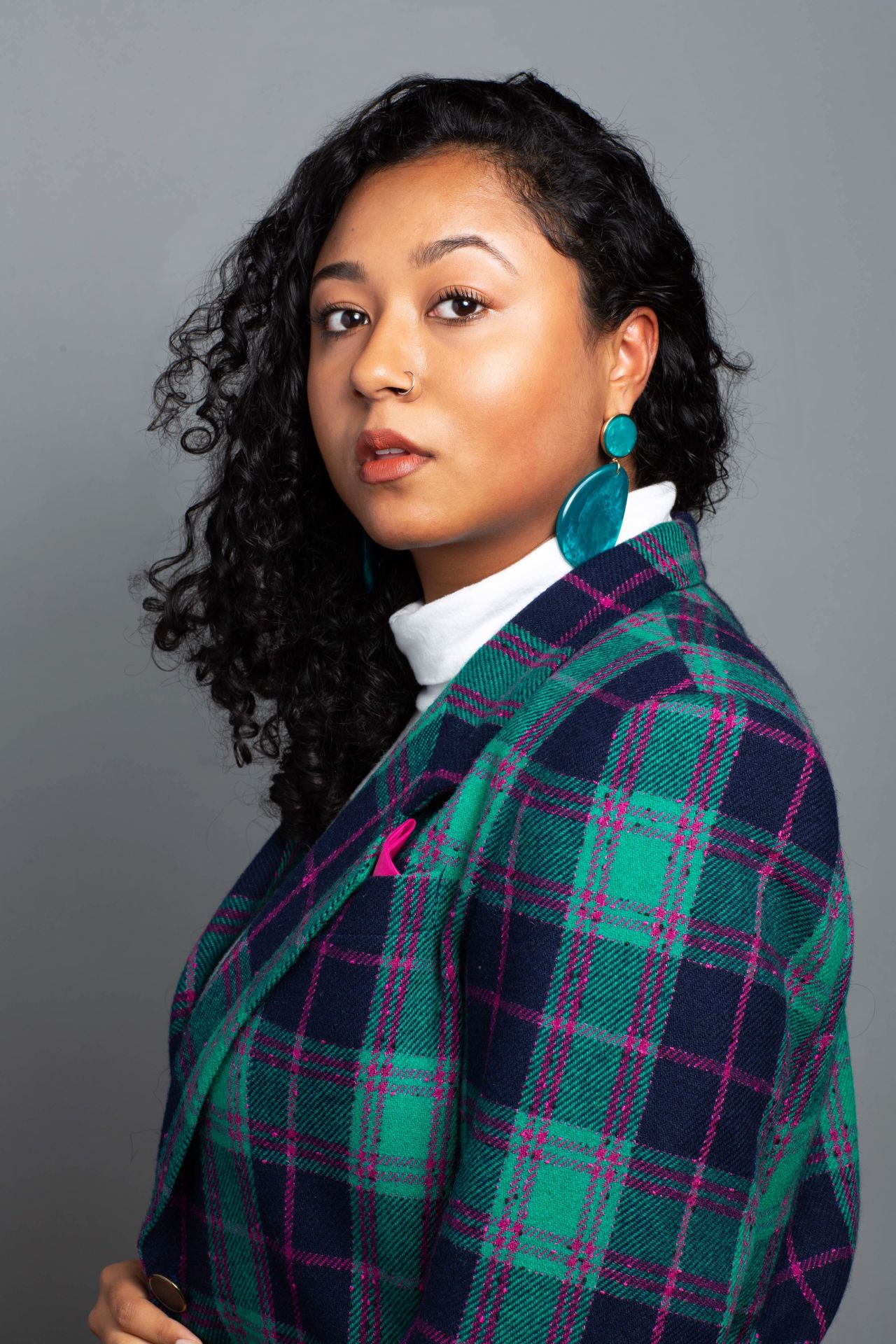
Growing up, she didn't see many people that looked like her, so she decided to "create the world she wanted to see", that is, a celebration of women, people of colour and the LGBT+ community.
After graduating from the University of Baltimore in 2017 with a degree in Digital Communications: Media, Design, and Production, she spent several years cultivating social media strategies, growing brand awareness, and designing collateral for corporate brands.
Now she works with beauty, fashion, lifestyle, tech, and media brands like Instagram and Refinery29 to create culturally-relevant work centred on topics she's passionate about, whether that's climate change, mental health, body positivity or self-confidence. We caught up with Sophia to find out more.
Tell us more about your childhood and how you got into design
Growing up in Baltimore was hard. I never played any sports, stayed after school at any clubs or joined Girl Scouts – we couldn't afford it. The one thing I did have was access to a computer. That was something I latched on to. So I got my introduction to graphic design when I was 12 years old.
I was signed up to Neopets, and a lot of the community was using Photoshop to create their designs. That's where I discovered the software. I kept signing up for 30-day trials, and from that point on, I knew what I wanted to do with my career.
I later went to a magnet high school, one that had specialised courses, and that's where I began to study graphic design. We had an entire print lab where we were paper folding, creating stuff – it was all vocational, teaching us the skills we'd need in future. I flew through all of the available courses.
From there, I wanted to go to art school and applied to around five, secured a place but sadly couldn't afford it. It was so disappointing but too expensive, so I opted for a college in Baltimore that had a graphic design programme, and I got out of it what I could. We had some great professors; I took all of the classes they offered – Motion Design, Typography Design, 3D Design – I was learning as much about design as I could.
It sounds like you overcame quite a lot and that nothing was going to stop you?
Well, I'm a first-generation college student. My dad immigrated from Pakistan in the '80s, and his message to me was always, "Have good credit and go to college!" After I discovered I couldn't afford art college, I thought, well, maybe I just won't go to school. My dad told me otherwise.
I found my college through a Spotify ad; I kid you not. It was a free course, and I also got a grant every semester. So I'm happy that, although I didn't go to a hugely reputable institution, I don't have college debt.
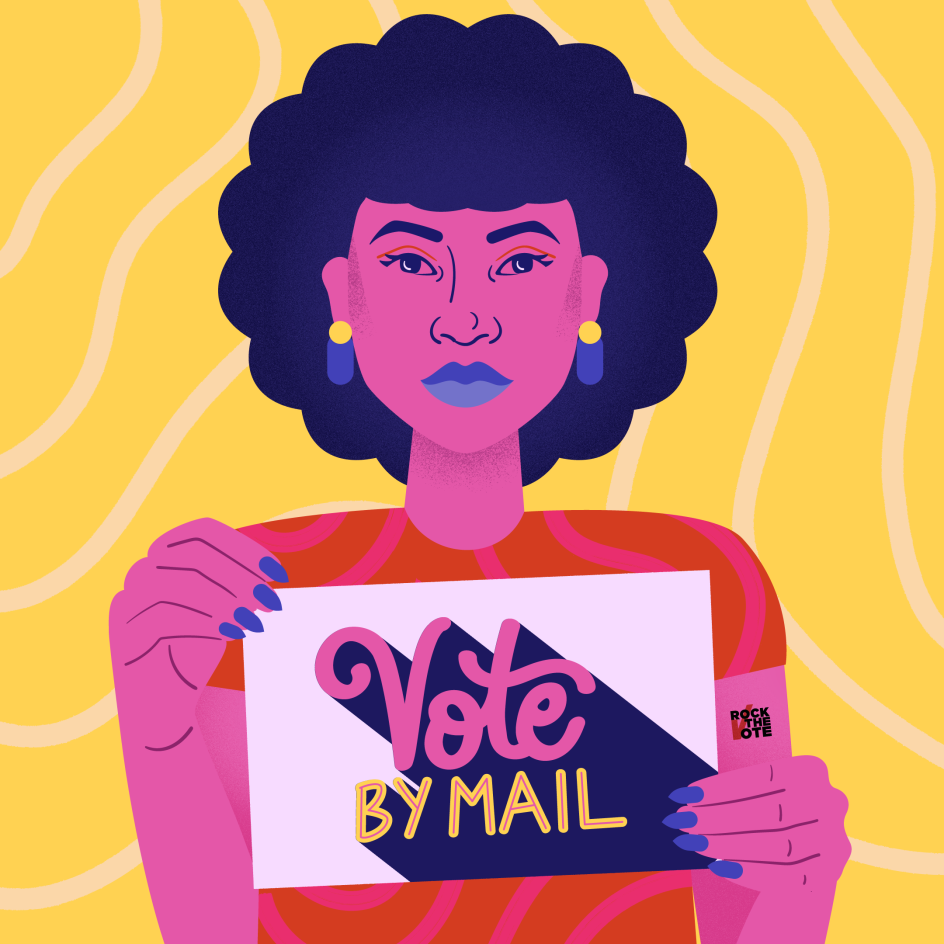
What happened after graduation?
During college, I had a bunch of jobs on campus. I worked for a financial aid department and a philosophy centre, and then I interned at a filmmaking and motion graphics studio in Baltimore. After graduation, I got an internship with a local real estate and hospitality firm where I had to do everything because being a graphic designer alone wasn't enough. I had to be a photographer, a media consultant. I had to do marketing, video, content. I did so many different jobs. It was exciting, and I enjoyed picking up the various roles, but it wasn't what I thought I would be doing.
It didn't align with the work I wanted to create or the messages I wanted to put out there. It wasn't fulfilling. So I found another local job where I was a full-time graphic designer and in charge of social strategy. And I also started to do some freelancing on the side, picking up jobs with Converse and LinkTree.
In the back of my mind, I kept thinking about how I'd always wanted to move to New York. So I quit my job and moved last August. I had been applying for graphic design positions for months before I moved. I was freelancing and thought, ok, I'm going to work for myself and see what happens. Luckily, it worked out. In December, I was commissioned by Refinery29 and also did a session with Adobe Live in San Francisco – both of those things really helped to boost my confidence. From there, it's been pretty consistent.
All those years of hard work paid off. Tell us more about the work you now do.
Now, I focus on creating work that is fulfilling and meaningful. I need to share my story, be authentic and also speak to black women, women of colour, the LGBT+ community. In my portfolio, I intentionally only show the designs and illustrations that I want to represent me and that I would want to be hired for. I also focus on telling stories through my work with bold colour palettes, diverse figures, and striking typography.
Do you feel that people of colour are better represented in the industry these days?
Growing up in Baltimore, I never once saw a designer who looked like me who I could look up to. I don't even know why I decided to become a graphic designer without that representation. It was really was just, I like creating this work.
Over the past couple of years, I have started to see more black and brown, especially women illustrators rising in popularity and getting more work. To be honest, that was a major inspiration and helped me to see myself following this path. These are illustrators that I not only admire, but I can see similarities in our work, even just the subject matter. I thought, if they're getting hired, I should be able to see success, too. At first, it felt competitive, and I'd think, gosh, how can I ever be as good as her? But then I realised there's room for all of us to succeed.
We have to get out of this competitive mentality. We should be celebrating others doing well because that leaves room for the next generation to enter the industry and thrive.
I think it's getting better. But I also don't think it's great that five people are popular and everyone else doesn't get a mention. It's why it's important to keep looking out for the underdog. Those who are up and coming. Not just those who have 100,000 followers.
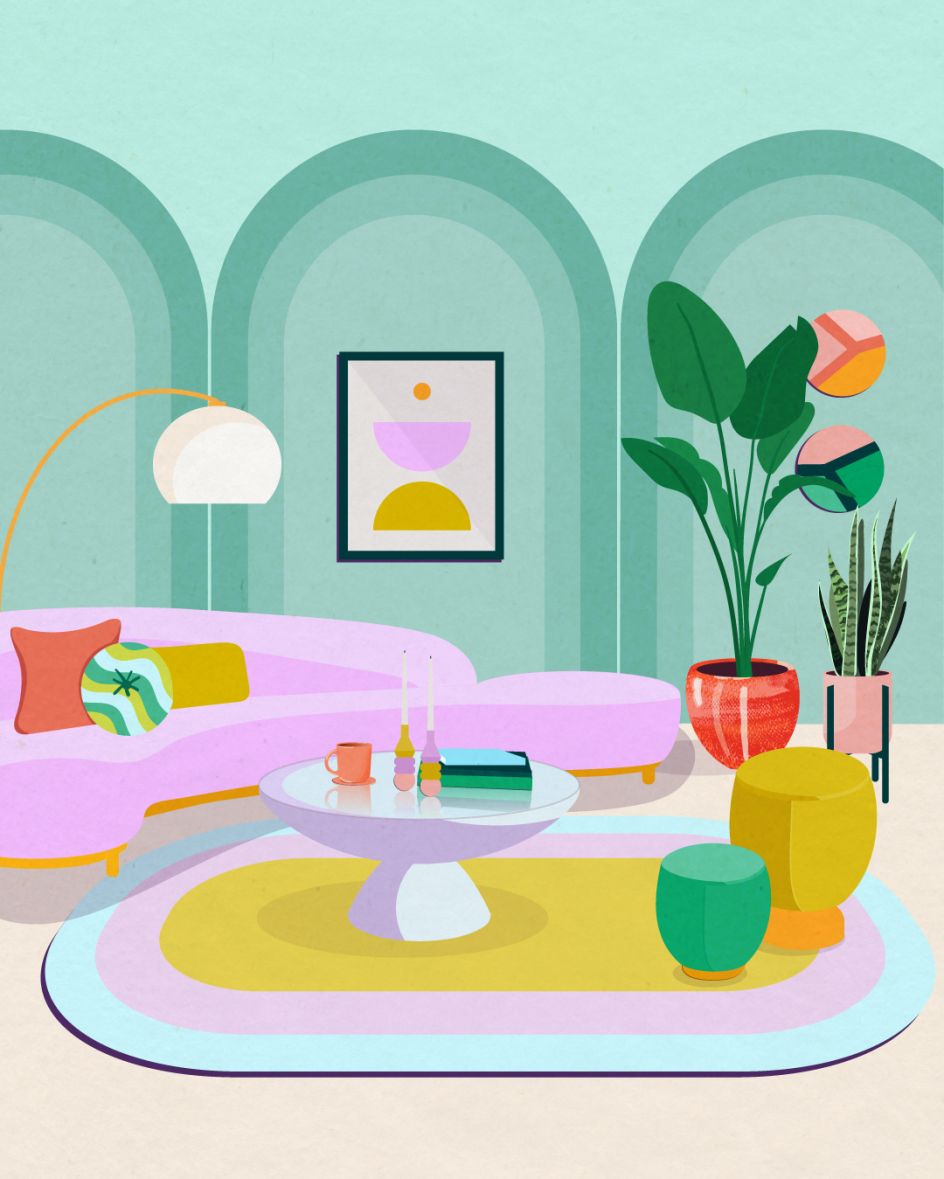
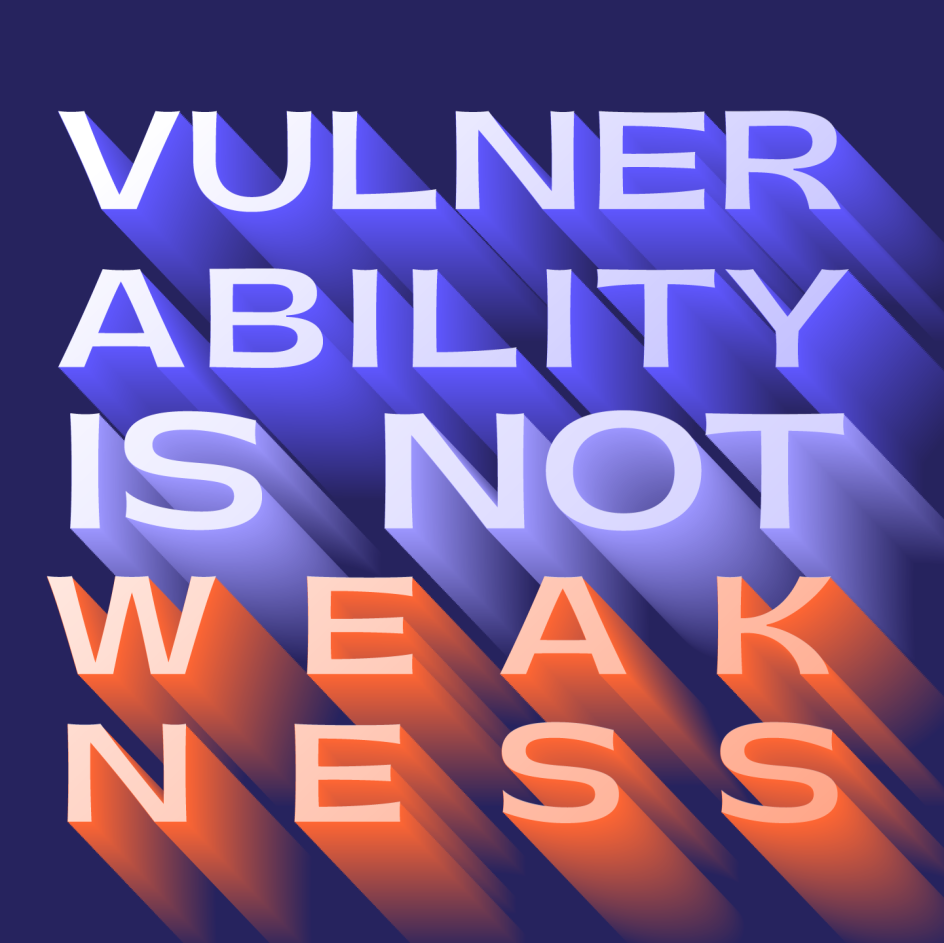
You're right. It's easy for brands to pick out the same names. How can we get the industry to think bigger?
I've been thinking for some time how I can help other emerging illustrators and designers like myself. We don't often get these opportunities. And when we do, we're expected to work for free or for meagre rates.
But to answer your question, perhaps brands could be more open and not fish from the same pool. Break out of your bubble and ask the creative community about who you should follow. Get people to share their work on social media and try and spend time each month to get out there and discover new talent. Don't just be seduced by creatives with large social followings.
Have you ever felt that being a woman has held you back in your career?
It's not something I've consciously thought about, no. I've always just focused on my goals. If anything, I feel like I've been tokenised more, especially working in the industries I have. I've often been the only woman of colour. And as I'm also outspoken, I'm often seen as someone who represents all people of colour – that can be a heavy weight to carry.
I've heard of that happening a lot
Yeah, in my experience, when I've been the only person of colour in a team, I'll often be the only one to recognise when something is wrong, for example, in a marketing campaign. It might be insensitive, but no one realises but me. I might urge everyone to think more about the cultural context. A few brands have come under fire for similar mistakes, and you wonder, why didn't anyone catch that? It's because they didn't have anyone culturally competent on their team.
That's why diversity mustn't just start with the freelancers you hire, but in your company structure as well. The decision-makers and people at that table need to come from different backgrounds. Because if everyone has the same opinions, you only see things one way.
But it still frustratingly happens. I got a press release from an organisation in London, sharing a story about an art campaign. They hired five creatives – all white men. I was so angry. I wanted to reply and say, is there something missing here? Even after the massive wakeup call this year, it feels like some people still don't get it.
Yeah, going back to your question about whether being a woman has held me back – it's more about being a woman of colour. Coming to New York, I thought it would be so diverse. But when I looked at all the creative agency websites, they were pretty much all white. There just doesn't seem to be any diversity, which is so disappointing, particularly in cities where you'd expect it to be more progressive.
The lack of representation is overwhelming. I hear a lot of, "Well, no one applies for the jobs". But my question is, did you actually make an effort? Companies have to do better.
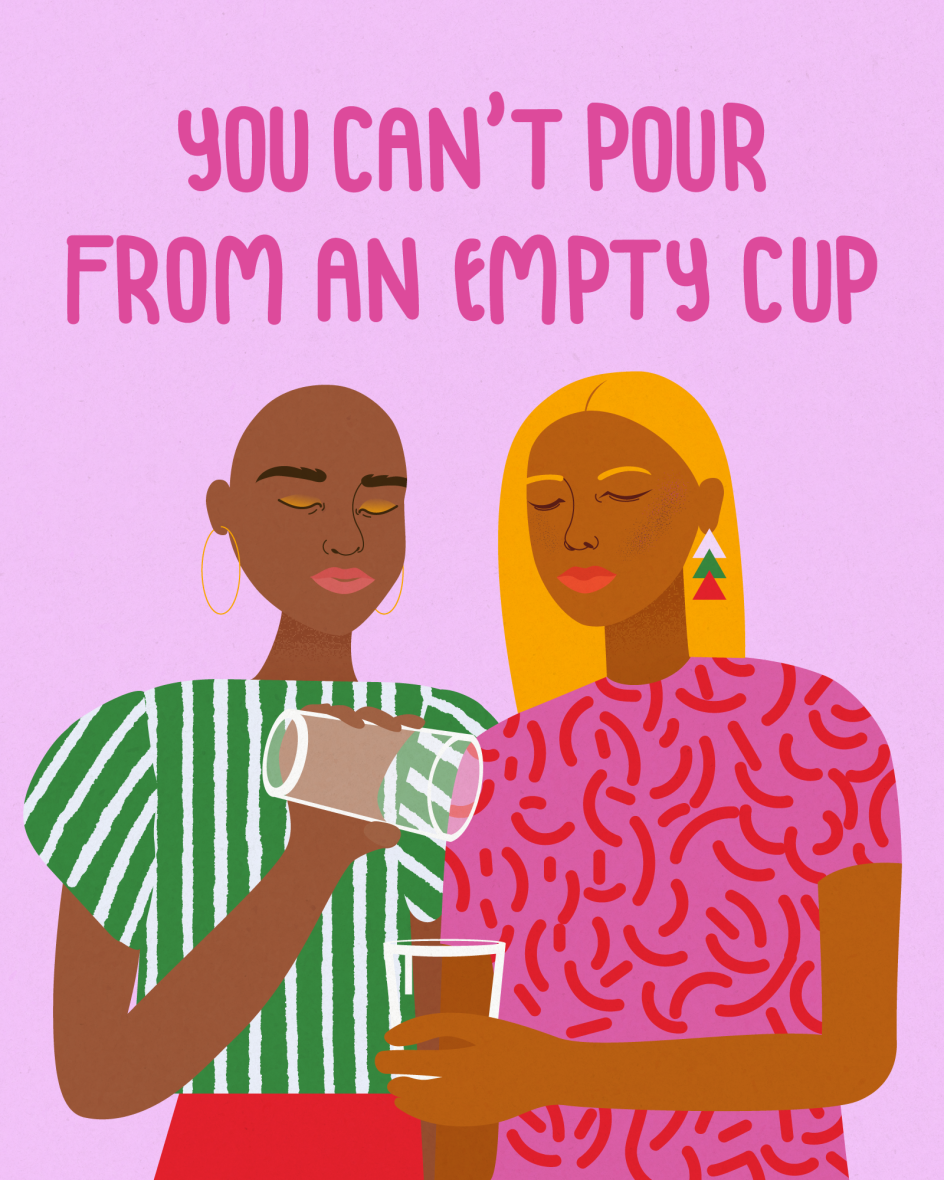
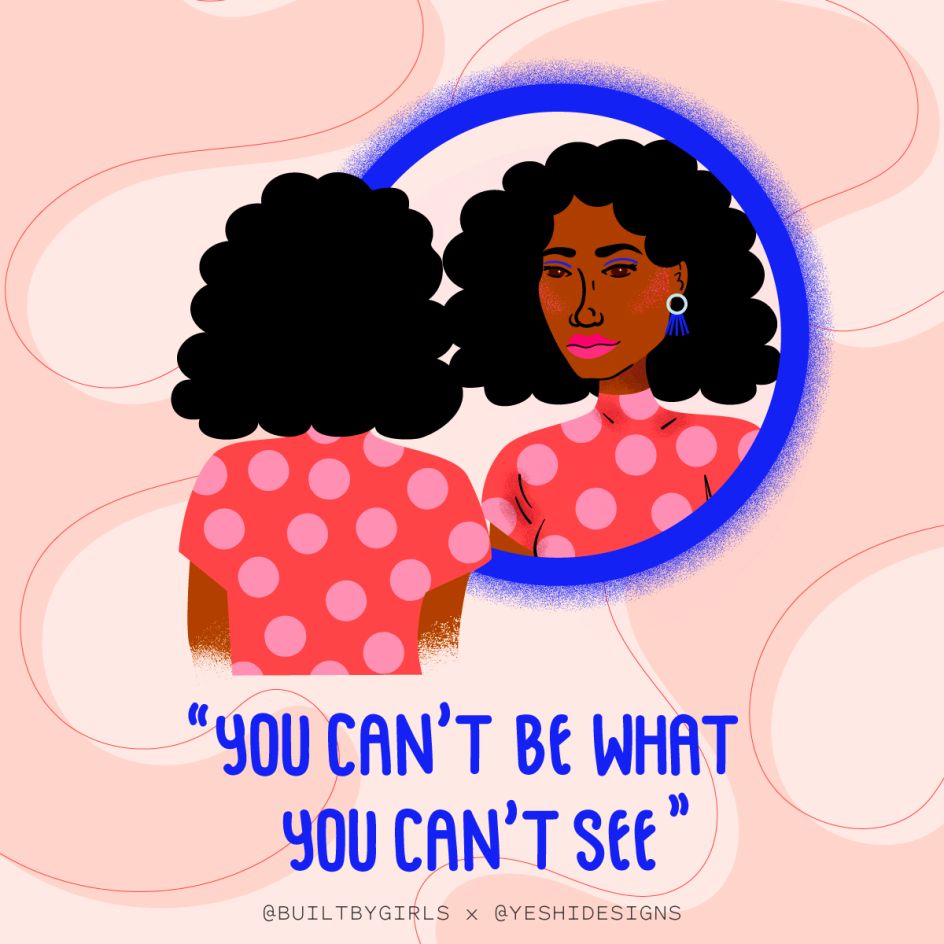
We need to show younger people that they're welcome. But there are other barriers to entry, aren't there!
Yeah, the cost of education is one element. You don't necessarily need a degree, as you can teach yourself, but a lot of firms do favour those who have gone through higher education. Then there are unpaid internships, which a lot of people can't afford. I mean, I couldn't! I had four jobs on campus during college to survive. Even your family, believing that design isn't a valid career choice. My dad, for example, didn't understand it at first.
So yeah, there are a lot of barriers to entry for creatives of colour. We've got to address it and figure this out.
And what of the events of this year? Do you have hope for the future?
I have been inspired by what I've seen happening across the States. Even amid a global pandemic, change is happening. It's incredible. People have been fighting for equality and eradicating racism for decades. This year has offered that perfect tipping point. I don't believe everything is going to be solved overnight, but we are starting to chip away and push change.
The current system we live in was designed to be like this. Systematic racism was not a mistake; it was deliberately made this way. What's wrong with redesigning the system? Surely it can be done. I'm hopeful for our future.
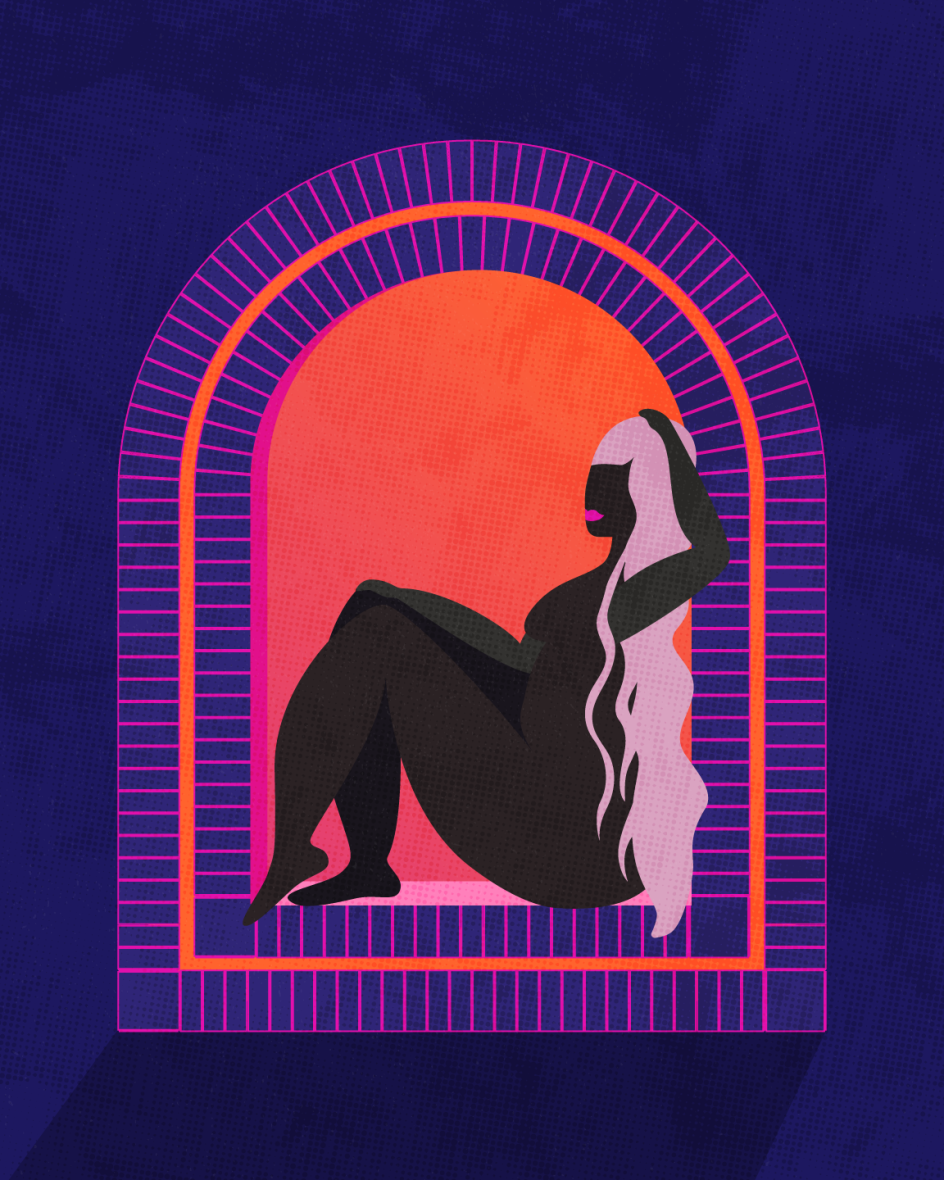
How's this translating into your work lately?
It's encouraged me to reevaluate why I create the work that I do. I realised I didn't need to change or add anything, as my messages aren't just important now, but always.
My work is often about joy and celebration, movement, connection and love. Maybe my work is about happiness and making others happy, too. It's doesn't always have to be about pain or trauma, as we have enough of that in the world, but sometimes I share that side, too.
If anything, 2020 has given me a renewed sense of self and confidence. Earlier this year, I applied for an Adobe Creative Residency, and in my application, I explained how I wanted to spend the next 12 months finding my voice as a designer. Meaning, I didn't have a clear idea of my creative voice or what I wanted to say in my work. I felt lost. And I had so many goals with my business – things I'd been stalling. Today, I've crossed off so many things from my list, and I no longer feel unsure.
I now know that I have a powerful and distinctive voice and style. I know what I want to say. It did take this global pandemic and the events of the last few months to find myself. But I'm there, and it feels so empowering.
What advice would you give to those starting?
It's crucial to know who you are without validation. It might take a long time for people to see your worth and value, but that doesn't change what you do or how talented you are. It's often about not knowing the right people. The industry is hard to break into, and people might not take a chance on you because you've not yet had that validation.
For me, I knew from the start what I wanted to create and why I was doing it, and who I was speaking to. Those three things kept me going. I knew that my work was bold and colourful, designed to speak to women of colour. Brands who want those same things will see my work and want to hire me. It's ok to be specific and have a niche.




 by Tüpokompanii](https://www.creativeboom.com/upload/articles/58/58684538770fb5b428dc1882f7a732f153500153_732.jpg)


 using <a href="https://www.ohnotype.co/fonts/obviously" target="_blank">Obviously</a> by Oh No Type Co., Art Director, Brand & Creative—Spotify](https://www.creativeboom.com/upload/articles/6e/6ed31eddc26fa563f213fc76d6993dab9231ffe4_732.jpg)








